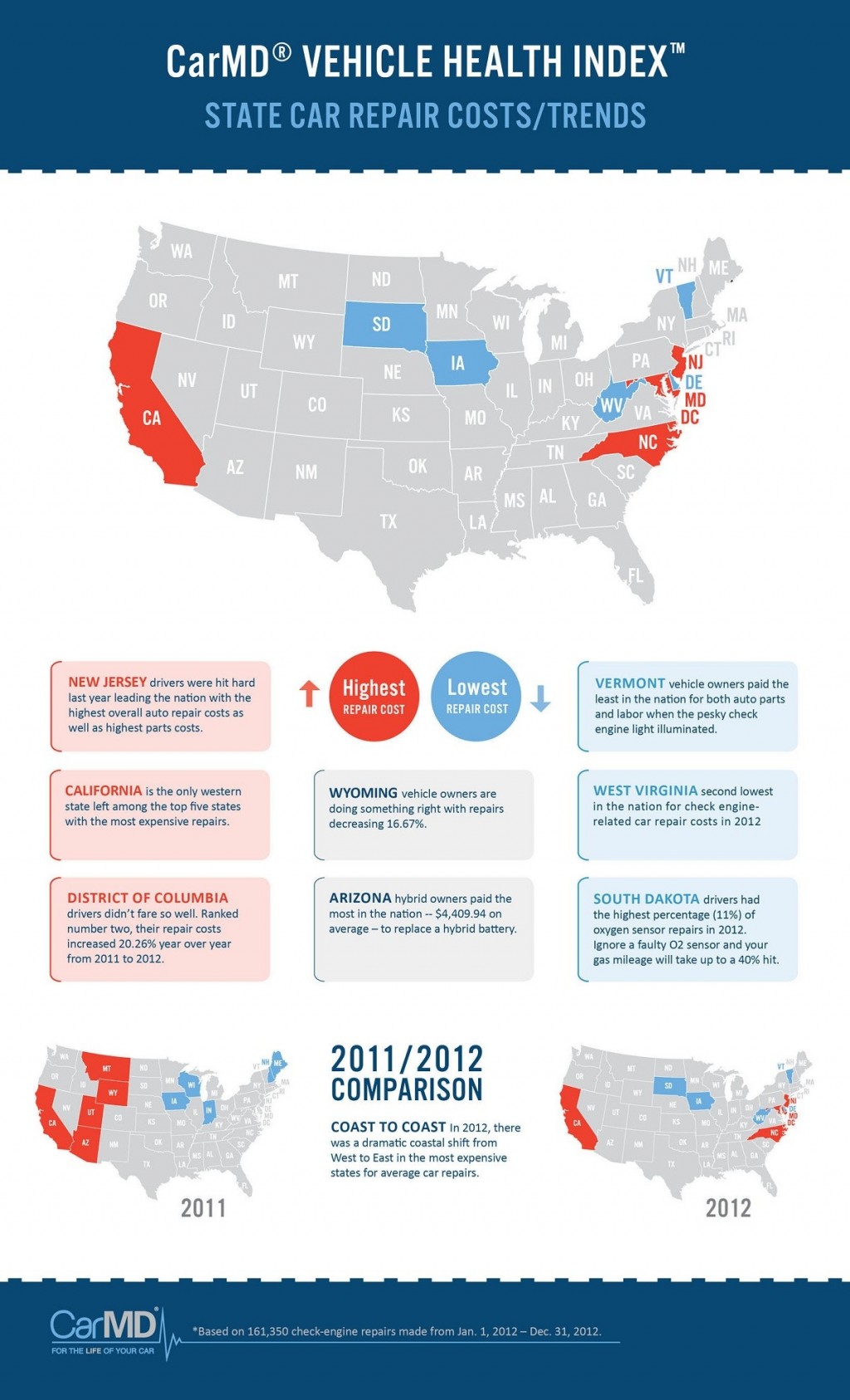Interpreting Your Auto'S Alert Lighting: Their True Ramifications
Interpreting Your Auto'S Alert Lighting: Their True Ramifications
Blog Article
Material By-Lauritsen Kejser
When you lag the wheel, those glowing warning lights on your dashboard can be a bit complicated. Do you understand what they're trying to tell you regarding your automobile's health? Recognizing https://finnniezt.dreamyblogs.com/31627870/revealing-the-tricks-of-a-first-class-car-service-center-experience of these lights is vital for your safety and security and the long life of your automobile. So, please click the next website page of those lights appears, would not you want to decode its message accurately and take the needed steps to resolve it?
Common Caution Lights and Interpretations
Identify common warning lights in your vehicle and recognize their meanings to ensure secure driving.
The most regular caution lights consist of the check engine light, which signifies concerns with the engine or exhausts system. If this light comes on, it's vital to have your automobile examined immediately.
The oil stress warning light shows low oil stress, needing instant attention to avoid engine damages.
A flashing battery light may recommend a defective billing system, possibly leaving you stranded otherwise attended to.
The tire pressure surveillance system (TPMS) light informs you to low tire pressure, affecting lorry stability and fuel performance. Overlooking this could result in hazardous driving conditions.
The abdominal light indicates an issue with the anti-lock stopping system, compromising your capacity to stop swiftly in emergencies.
Last but not least, the coolant temperature level cautioning light warns of engine overheating, which can lead to serious damages otherwise settled quickly.
Understanding these common warning lights will aid you deal with problems quickly and maintain secure driving problems.
Importance of Prompt Focus
Comprehending the usual caution lights in your car is only the initial step; the value of promptly attending to these warnings can't be stressed sufficient to ensure your safety when traveling.
When a warning light brightens on your control panel, it's your automobile's way of communicating a possible concern that requires interest. Overlooking these warnings can bring about extra serious problems later on, endangering your safety and security and potentially costing you extra in repairs.
Prompt focus to alerting lights can protect against break downs and crashes. For instance, a flashing check engine light might show a misfire that, if left neglected, might trigger damage to the catalytic converter. Addressing this quickly can conserve you from a pricey repair work.
In a similar way, a brake system cautioning light might signal low brake liquid or used brake pads, critical elements for your security when driving.
Do It Yourself Troubleshooting Tips
If you notice a caution light on your control panel, there are a couple of DIY fixing pointers you can try before looking for professional aid.
The primary step is to consult your vehicle's manual to comprehend what the specific caution light suggests. Sometimes the concern can be as easy as a loosened gas cap activating the check engine light. Tightening the gas cap might resolve the issue.
An additional usual concern is a low battery, which can activate numerous cautioning lights. Inspecting the battery links for deterioration and ensuring they're safe and secure might take care of the issue.
If a caution light lingers, you can try resetting it by disconnecting the automobile's battery for a few minutes and then reconnecting it. Furthermore, checking your car's liquid levels, such as oil, coolant, and brake liquid, can assist fix advising lights connected to these systems.
Conclusion
Finally, understanding your cars and truck's caution lights is vital for keeping your lorry running efficiently and safely. By immediately attending to these alerts and recognizing what they imply, you can stay clear of expensive repair services and potential break downs.
Bear in mind to consult your automobile's guidebook for particular details on each warning light and do something about it appropriately to ensure a trouble-free driving experience.
Stay notified, remain safe when traveling!
